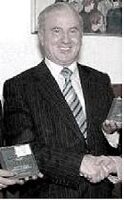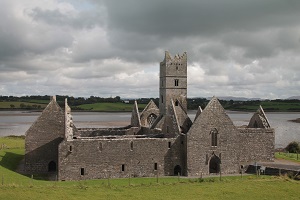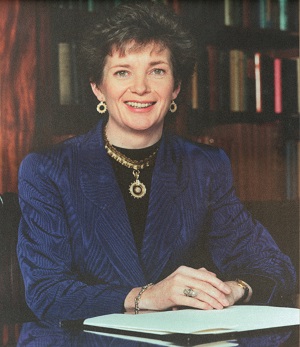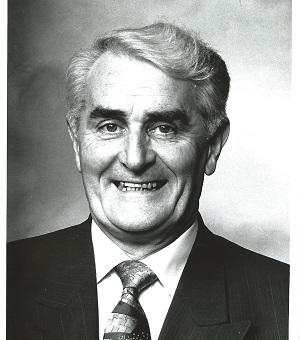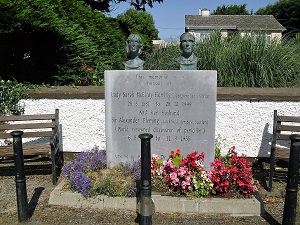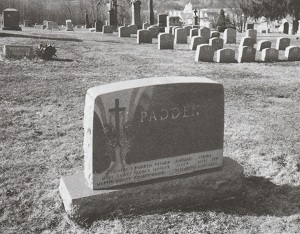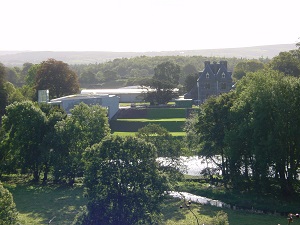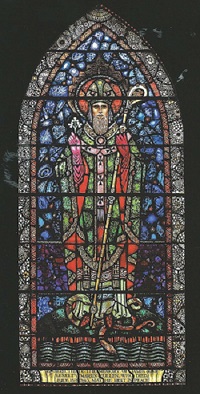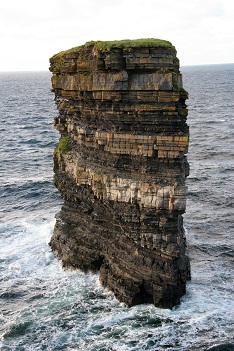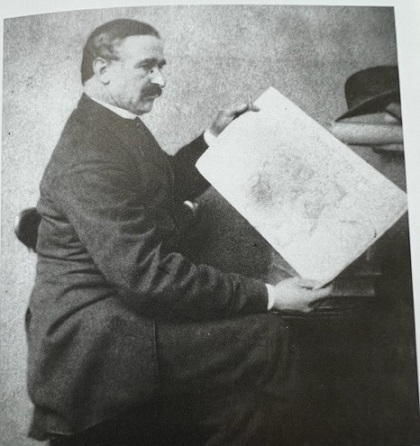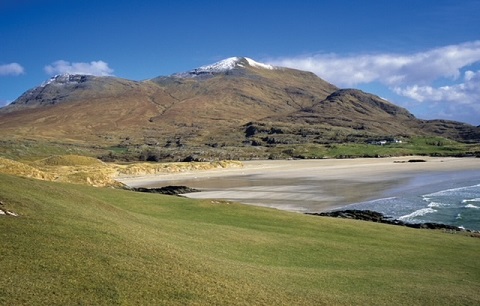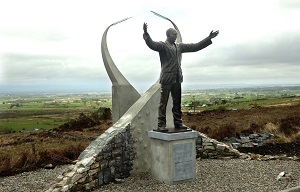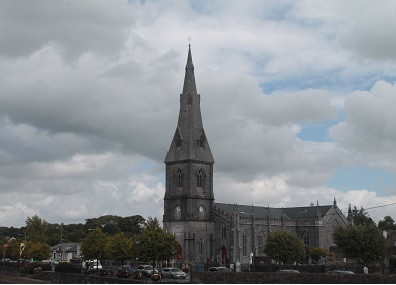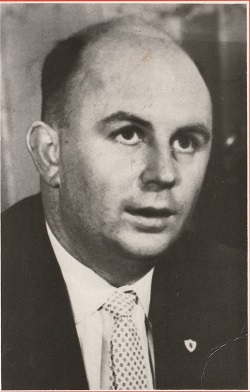
Charlestown, County Mayo-born, John Healy (1930-1991) is remembered regularly and widely in Ireland as one of its most renowned journalists and social commentators. John Healy started his career in 1948 with the Western People newspaper in Ballina, before moving to Dublin in 1950 and working for the Irish News Agency, the Irish Press and Evening Press, before becoming editor of the Sunday Review and the Evening Mail and moving to the Irish Times. There, he wrote the popular ‘Backbencher’ column, which was compulsory reading for anyone interested in politics. It was always well-informed from within the system, iconoclastic, and regularly set the national political agenda. John Healy was a close friend of Douglas Gageby (1918-2004), who was editor of the Irish Times from 1963 to 1986, after being brought back after a short retirement in 1974. In 1967, Healy won a Jacob’s Award for television scriptwriter of the year in respect of the programme Headlines and Deadlines and later presented the Hurler on the Ditch. He wrote a popular weekly column for the Western People and was a co-founder (with James McGuire), part owner, and contributor to the Western Journal, which was published in Ballina from 3 June 1977 to 11 March 1983. Healy supported many causes and the people who promoted them, in particular any initiative designed to improve economic and social conditions, like community development, western development, education, amateur drama, and the European project. In particular, he eulogised Donogh O’ Malley following his announcement of free secondary education in September 1966, immediately capturing its transformative and empowerment potential. Healy wrote numerous brilliant obituaries for people he knew, especially for O’Malley, following his sudden death on 10 March 1968, at the age of 47. A great champion of the west of Ireland, John Healy was a big supporter of what became Ireland West Airport Knock. A keen supporter of ambition in people, in communities and in what he called ‘nation-shaping’; he had little time for those he termed ‘verbalisers’ (talkers but not ‘doers’). His big interest in art led him to running a gallery in Achill for a number of years. Mayo Person of the Year in 1967, John Healy wrote three celebrated books, No One Shouted Stop (formerly Death of an Irish Town, 1968), influenced by all the young people he saw leaving Charlestown weekly as part of the then mass emigration from the area, Nineteen Acres (1978), championing a small family landholding which meant so much to his mother’s people and similar families in the west of Ireland at the time, and Healy, Reporter (1981), all of which are important sociological records written from personal experience. In 1989, he was given an honorary doctorate by the National Council for Educational Awards. John Healy died suddenly on 6 January 1991 and was buried in Shanganagh Cemetery, Dublin.
